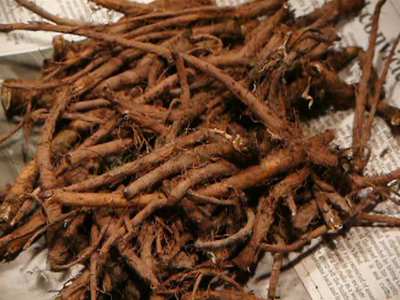CONNECTION OF DANDELION
Common Name: Dandelion Latin : Taraxacum officinale Family: Asteraceae (compositae)
History and/or use: Roast roots for a beverage and use leaves for salad. Effective blood purifier.
Wildlife Value: Key nectar source.
The classic folk tale of the Dandelion is of the Leprechaun who hides its gold under the plant. The question therefore is what is the gold in the soil, where do the dandelion roots stretch down to? Dandelion is the quality of connection, it provides one of the early main sources of nectar for our winged delights, its golden flower attracts the nectar seeking insect people. John Muir describes our insects as beautiful winged people waltzing together in pure play and hilarious enjoyment. The gold under the plant is the very essence of life, the soil, minerals and the insects and fungi from which all life stems from. No matter how hard our lives may seem the dandelion implores us to find the gold in the earth and treasure it more than ever!
'Here's the dandelion rhyme: see my leaves with tooth-like edges, blow my clocks to tell the time,
see me flaunting by the hedges, in the meadow, in the lane, pull me up- I grow again.
Asking neither leave nor pardon, sillies, what are you about with your spades and hoes of iron?
You can never drive me out- me, the dauntless dandelion!'
Cicely Mary Barker 1925
If you have any medical conditions please check with a medical herbalist first before taking any plant and only harvest it if you are 100% sure what it is!
The word dandelion is a corruption of the French ‘dent de lion’ which means ‘lions tooth’ referring to the shape of the leaf. Dandelion is yet another common plant which is underrated. In medieval times it was grown as a vegetable and cooked like spinach or it was added to salads. It is rich in vitamins A and C and is a superior diuretic as it replaces the potassium lost in the process.
The leaves are also a strong equivalent to frusemide and can be used for hypertension when dried.
The root can also be used as a vegetable sautéed in vegetable oil and is a powerful liver tonic and coffee substitute. Use the root dried or fresh.
To make coffee dig up your fresh roots, wash and dry them, then bake in the oven for about ten minutes on a low heat. Provided they are not burnt they taste delicious, just add hot water and according to preference some fresh milk.
If you wish to do it over an open fire chop the root up small and flash fry them with no oil.
History and/or use: Roast roots for a beverage and use leaves for salad. Effective blood purifier.
Wildlife Value: Key nectar source.
The classic folk tale of the Dandelion is of the Leprechaun who hides its gold under the plant. The question therefore is what is the gold in the soil, where do the dandelion roots stretch down to? Dandelion is the quality of connection, it provides one of the early main sources of nectar for our winged delights, its golden flower attracts the nectar seeking insect people. John Muir describes our insects as beautiful winged people waltzing together in pure play and hilarious enjoyment. The gold under the plant is the very essence of life, the soil, minerals and the insects and fungi from which all life stems from. No matter how hard our lives may seem the dandelion implores us to find the gold in the earth and treasure it more than ever!
'Here's the dandelion rhyme: see my leaves with tooth-like edges, blow my clocks to tell the time,
see me flaunting by the hedges, in the meadow, in the lane, pull me up- I grow again.
Asking neither leave nor pardon, sillies, what are you about with your spades and hoes of iron?
You can never drive me out- me, the dauntless dandelion!'
Cicely Mary Barker 1925
If you have any medical conditions please check with a medical herbalist first before taking any plant and only harvest it if you are 100% sure what it is!
The word dandelion is a corruption of the French ‘dent de lion’ which means ‘lions tooth’ referring to the shape of the leaf. Dandelion is yet another common plant which is underrated. In medieval times it was grown as a vegetable and cooked like spinach or it was added to salads. It is rich in vitamins A and C and is a superior diuretic as it replaces the potassium lost in the process.
The leaves are also a strong equivalent to frusemide and can be used for hypertension when dried.
The root can also be used as a vegetable sautéed in vegetable oil and is a powerful liver tonic and coffee substitute. Use the root dried or fresh.
To make coffee dig up your fresh roots, wash and dry them, then bake in the oven for about ten minutes on a low heat. Provided they are not burnt they taste delicious, just add hot water and according to preference some fresh milk.
If you wish to do it over an open fire chop the root up small and flash fry them with no oil.



